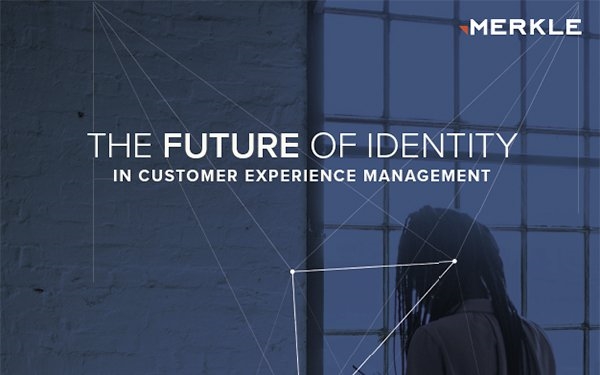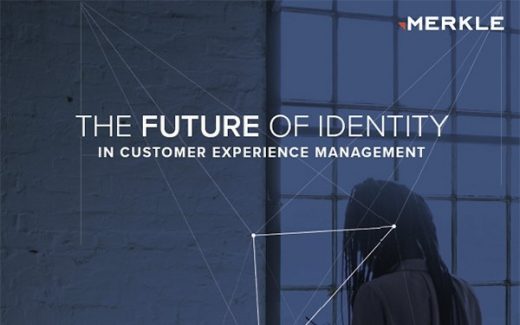Merkle’s Cookie-Crumble Guide To The Future
Merkle’s Cookie-Crumble Guide To The Future

The deprecation of third-party cookies comes confusion, Merkle released a guide in early June that outlines the brief history of privacy regulations, and how organizations can own their first-party data future.
Managing the future requires knowledge. Merkle’s guide, The Future of Identity in Customer Experience Management, also presents ten questions that organizations need to answer on now to survive in a cookieless future to avoid massive disruption to operations and effectiveness when the third-party cookie is no longer a viable resource.
Topics include how to build both customer and prospect first-party data, how to run effective media without the third-party cookie, how to connect data across channels, and more.
One of the major challenges is that unregulated big tech will continue to set policy — changing the free internet into something else, especially with regard to Google, Facebook, and Apple, according to the guide.
Some of the questions include:
- How will the future of identity impact my organization?
- How can I build first-party data?
- How can I enrich my first-party data graph to create a 360 -degree customer profile?
- How can I increase relevant channel personalization and conversions?
- How can I run an efficient media program without third-party cookie data?
The guide provides insight on how marketers can shift away from third-party, black-box identity providers built on third-party cookies and weak identity signals to build their own first-party identity graphs to gain competitive advantage.
The identity graph manages and stores person-based data and associated identifiers across all sources and channels. While the transition will not be easy, marketers may want to consider a partner to help build an identity graph.
Building an identity graph based on customer data at the individual name- and address-level can be expanded to include emails of the individual, and is used to extend to third-party cookies and devices.
This approach to data is how addressability has been delivered. Maintain the core of the identity graph — name, address, and email — but focus the investment on first-party digital identity enabled through first-party cookies.
The guide goes on to explain how to overcome obsolete methods. For example, data management platforms (DMPs), which leverage third-party cookies to identify, collect, and target audiences, will become obsolete.
Brands need to move away from the DMP and move to a cookieless approach, per Merkle. Through a customer data platform (CDP), marketers can begin to build, integrate, and test cookieless martech integrations to tie together known and unknown profiles with cookieless signal collection.
The CDP can’t stand alone, and marketers will need to develop a broader marketing data platform to support the depth of first-party data integration and management that this new paradigm requires.
This column was previously published in Inside Performance on June 11, 2021.
(21)


